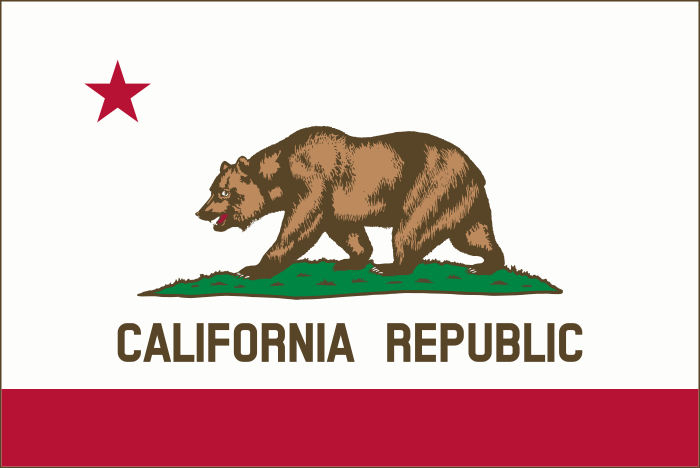The California State Legislature referred a constitutional amendment to the Nov. 3, 2026, ballot before adjourning on Aug. 31. The amendment makes changes to the recall process for state officers by eliminating the simultaneous successor election when a state officer is recalled, thereby leaving the office vacant until it is filled according to state law and repealing the prohibition against the recalled state officer from being a candidate to fill the office at a special election.
The amendment would authorize the lieutenant governor to fill a gubernatorial vacancy until the expired term, unless the vacancy occurs before the close of the nomination period for the next statewide election during the first two years of the governor’s term. A special election would be called, and the winner would serve the remainder of the term.
Article 2, Sections 13-19 of the California Constitution gives California citizens the authority to perform a recall election. This section of the constitution was added via Proposition 8 by voters in October 1911. The recall provisions apply to officials at the state and local levels, including judges of courts of appeal and trial courts.
To recall state officials, proponents must file a notice-of-intent-to-recall petition signed by 65 voters to begin the petition drive process. Proponents must gather signatures equal to a percentage of the total number of votes most recently cast for the targeted office—12% for executive officials and 20% for state legislators and judges. Proponents must gather signatures from each of the five counties equal to 1% of the last vote for the office in that county.
At state officer recall elections in California, voters are presented with two questions: (1) whether the officeholder should be recalled and (2) who should succeed the recalled officer. A majority vote on the first question is required for the officeholder to be removed from office. The candidate who receives the most votes on the second question would win the election, regardless of if they received a simple majority.
Of the 39 states that allow recall of elected officials at some level of government, 20 states allow gubernatorial recalls. Six of the 20 states use a form of simultaneous recall where either the recall question and candidate choice are separate questions, like in California, or candidates run directly against the governor in the recall election.
The amendment was introduced as Senate Constitutional Amendment 1 (SCA 1) on Jan. 30, 2023. On Feb. 1, 2024, the state Senate passed SCA 1 in a vote of 31-7. The state Assembly passed an amended version of SCA 1 on Aug. 30, 2024, by a vote of 59-17. The Senate concurred with the amendments on Aug.31 by a vote of 32-8. The votes were largely along party lines, with Democrats favoring the change and Republicans opposing it.
According to the secretary of state, since 1913 there have been 179 recall attempts of state elected officials in California. Of that total, 11 recall efforts qualified for the ballot with six officials ultimately recalled. The last recall of a state officer was in 2021 when Gov. Gavin Newsom was retained in a recall election by 61.9% to 38.1%.
State Sen. Josh Newman (D-29) and Asm. Isaac Bryan (D), the primary authors of the amendment, said, “The system in its current form offers bad actors an incentive to target an elected official with whom they disagree and to have the official replaced by someone who otherwise would not enjoy the support of a majority of voters. SCA 1 will ensure that statewide and legislative recalls in California are democratic, fair, and not subject to political gamesmanship.”
This is the second amendment to qualify for the 2026 ballot in California. Voters will also be deciding on a constitutional amendment to require initiatives that change vote thresholds to supermajority votes to pass by the same vote requirement as is being proposed. The amendment was first referred to the 2024 ballot but was ultimately moved to the 2026 ballot with the passage of Assembly Bill 440.
Additional reading:


